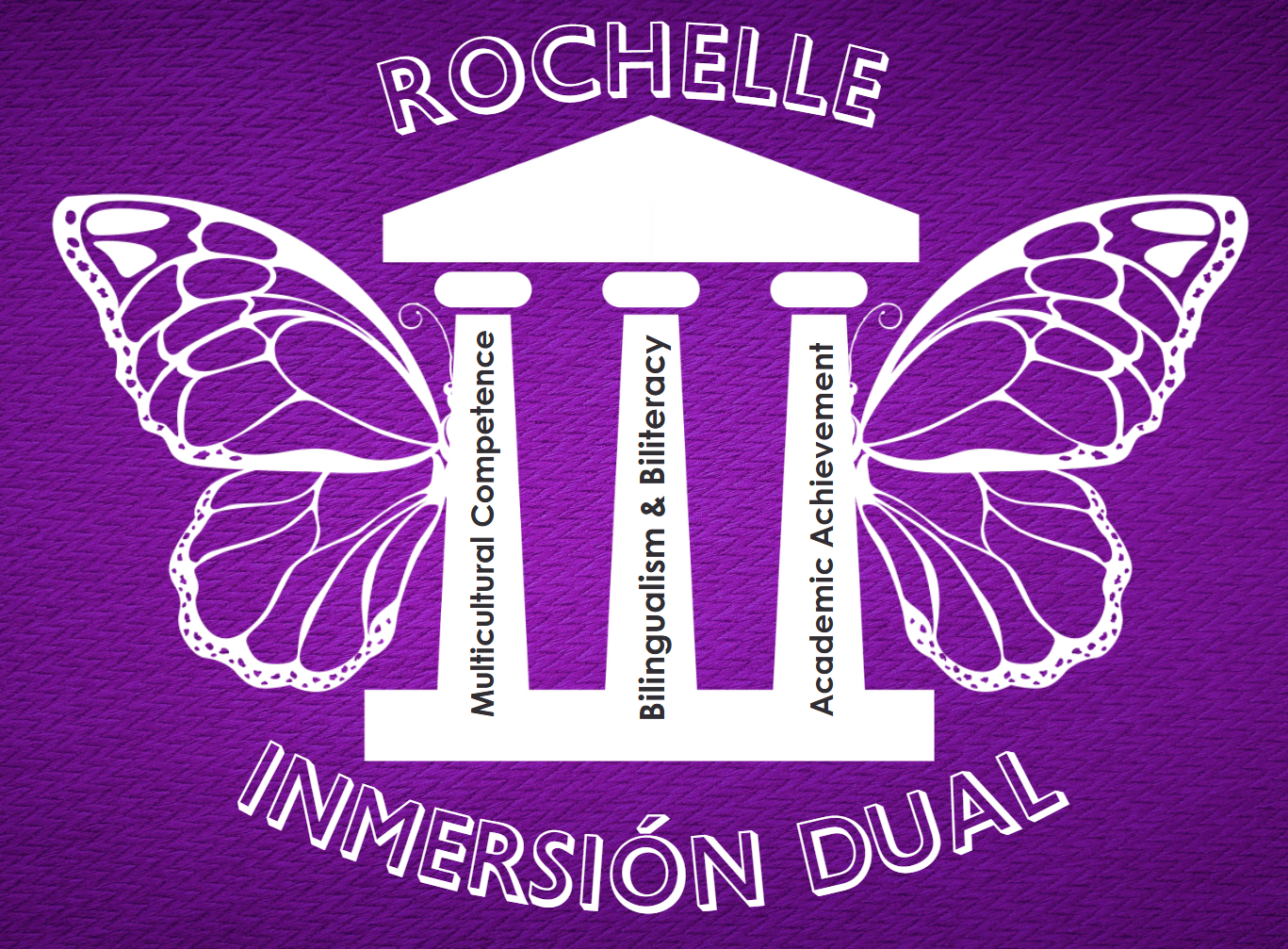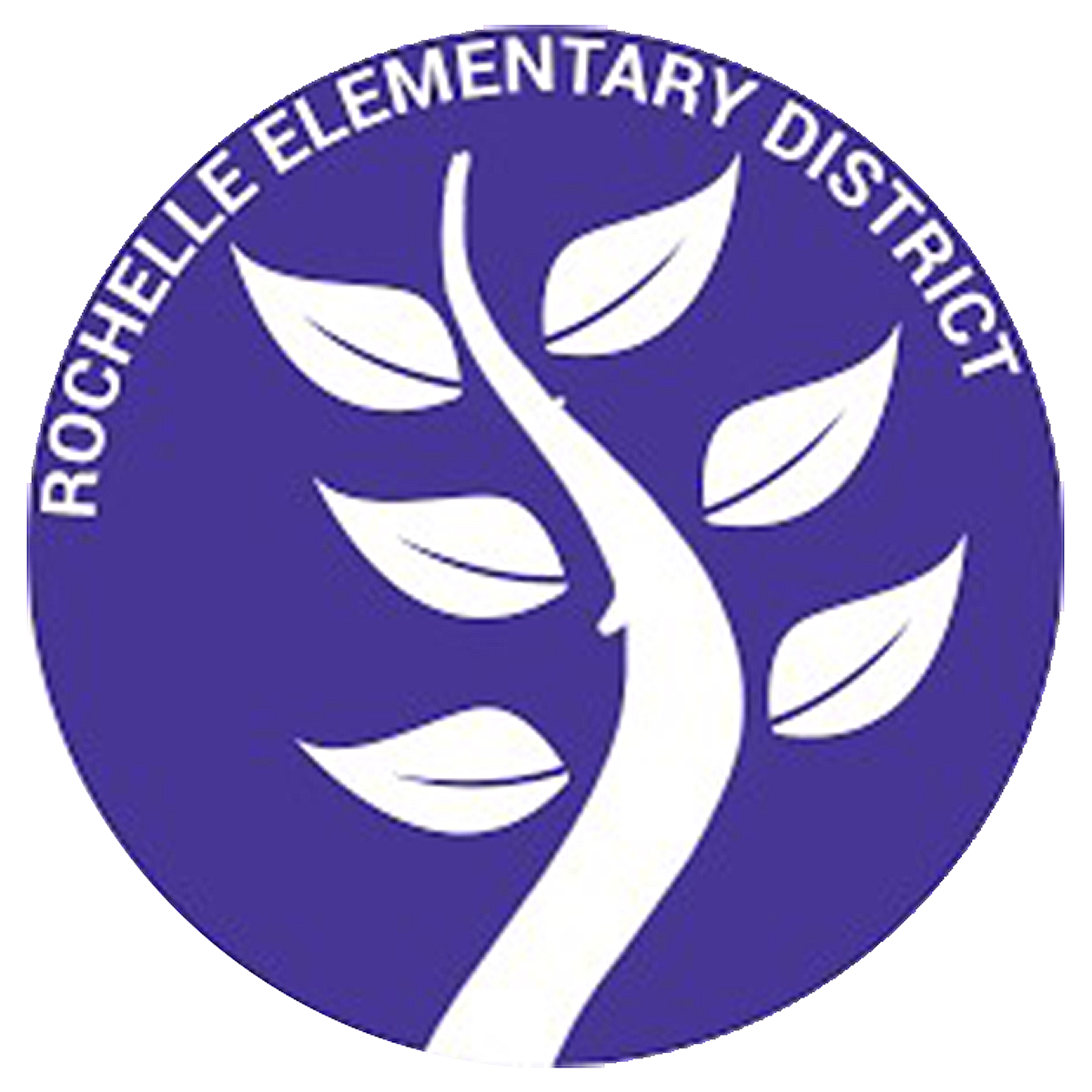Dual Language Immersion Program – District #231

Rochelle CCSD 231’s Dual Language Immersion Program brings together native English and Spanish-speaking students for high-quality academic instruction delivered in both languages. Through a 50/50 two-way immersion model, students build bilingualism, biliteracy, and cultural competence beginning in preschool or kindergarten.
Students receive instruction in both languages across various content areas. This model supports grade-level academic achievement while developing strong literacy and communication skills in both languages.
Student placement is based on space and a balance of native English and Spanish speakers.
📄 Apply here – Application Link
Program Vision & Goals
The mission of the Dual Language Program is to educate students to become bilingual, biliterate, and bicultural, preparing them to thrive in a diverse, global society. The program aims for academic excellence in two languages, while promoting cultural understanding and appreciation.
Why Choose Dual Language?
Academic Achievement: Students in dual language programs consistently perform as well as or better than their peers in traditional programs (Thomas & Collier, 2012).
Language Proficiency: English Learners (ELs) achieve full English proficiency while retaining and growing their skills in Spanish.
Inclusive & Supportive: Research shows that students with disabilities can also succeed and benefit in dual language settings (Myers, 2011).
Cognitive & Social Growth: Dual language learners develop stronger problem-solving skills, cognitive flexibility, and empathy for diverse cultures.
Family Involvement & Support
You don’t have to speak both languages to support your child! Families can help by:
Encouraging your child to talk about what they’re learning—in any language.
Creating a consistent homework routine
Reading regularly at home in your home language.
Building strong relationships with your child’s teacher.
For more information, please contact:
Director of Language Services
Celeste Canfield
ccanfield@d231.rochelle.net
Language and Culture Coordinator
Kimberly Lumzy
klumzy@d231.rochelle.net
